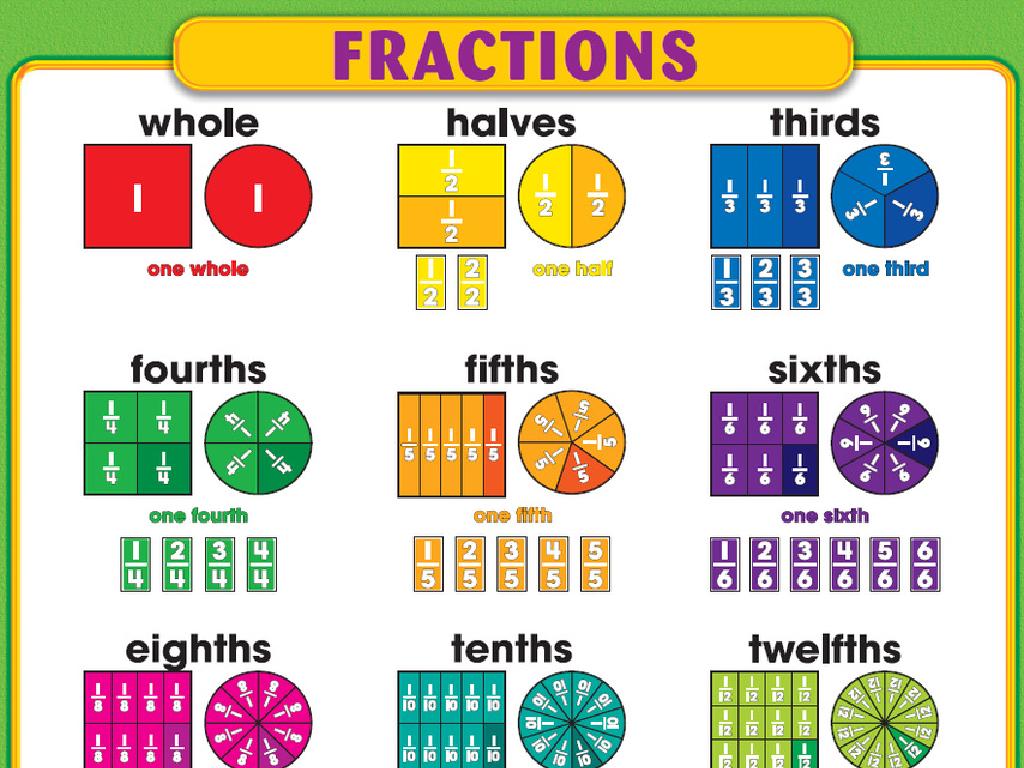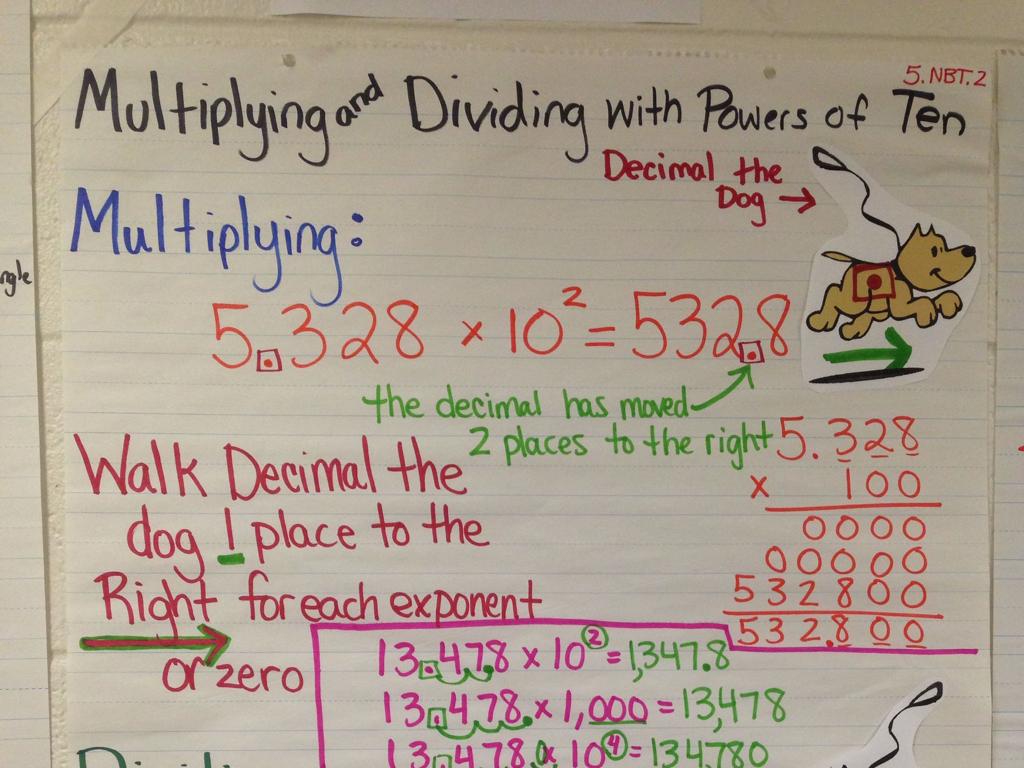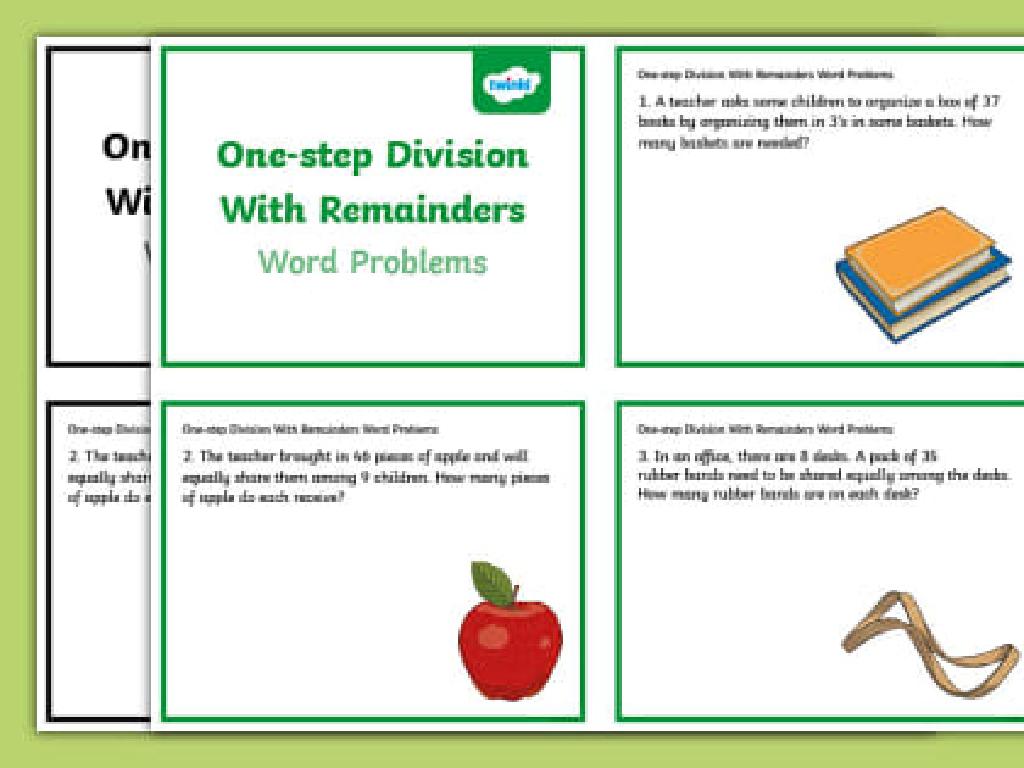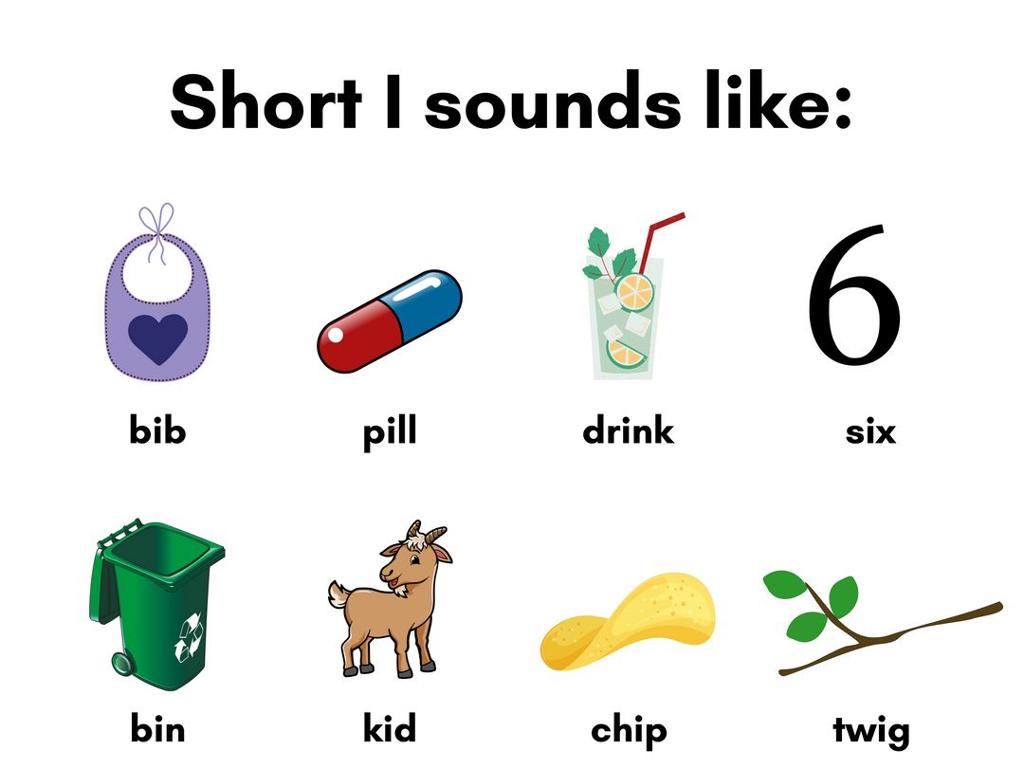Which Customary Unit Is Appropriate?
Subject: Math
Grade: Third grade
Topic: Customary Units Of Measurement
Please LOG IN to download the presentation. Access is available to registered users only.
View More Content
Choosing the Right Customary Unit
– Learn about Customary Units
– When to use inches, feet, or yards
– Use inches for small items, feet for medium, yards for large
– Selecting ounces, cups, or gallons
– Ounces for light items, cups for liquid volume, gallons for large quantities
– Practice with real-life objects
|
This slide introduces students to the concept of Customary Units of Measurement, which are used in the United States. The focus is on understanding which units are appropriate for different types of measurements. For length, students will learn to choose between inches, feet, and yards based on the size of the item they are measuring. For weight and volume, they will learn when it’s best to use ounces, cups, or gallons. Provide examples such as measuring the length of a pencil in inches, the height of a desk in feet, and the distance across the playground in yards. For volume, compare the weight of a feather in ounces, a bottle of milk in cups, and the capacity of a gas tank in gallons. Encourage students to bring items from home for a hands-on activity where they will practice choosing and using the correct units of measurement.
Understanding Customary Units
– What are customary units?
– They are the system of measurement used in the U.S.
– Units for measuring length
– Inches, feet, yards, and miles
– Units for measuring weight
– Ounces, pounds, and tons
– Units for measuring volume
– Cups, pints, quarts, and gallons
|
This slide introduces students to the concept of customary units, which are the main system of measurement used in the United States. It’s important to familiarize students with the different units for length (inches, feet, yards, miles), weight (ounces, pounds, tons), and volume (cups, pints, quarts, gallons). Provide examples for each type of measurement, such as a pencil being measured in inches, their weight in pounds, and the volume of a drink in cups. Encourage students to think of objects that can be measured using these units to create a connection with real-life scenarios. This foundational knowledge will be crucial for their understanding of measurement and for solving related math problems.
Choosing the Right Customary Unit for Length
– Measure small items in inches
– Like a pencil or a key
– Use feet for larger objects
– Such as a textbook or a shoe
– Yards for even bigger lengths
– A car’s length or a small room
– Miles for the longest distances
– Between cities or long road trips
|
This slide is aimed at helping third-grade students understand how to choose the appropriate customary unit of length for different objects or distances. Start by explaining that inches are best for small objects they can hold in their hands. Feet are more suitable for items they might use in school, like a textbook. Yards are for larger items, such as measuring the length of a vehicle. Lastly, miles are used for very long distances that they would travel, such as the distance from their home to another city. Encourage students to think of other examples for each unit and discuss why that unit is appropriate. You can also bring a ruler, a yardstick, and a map to visually demonstrate the use of each unit.
Understanding Weight: Ounces, Pounds, Tons
– Ounces for light things
– Like a slice of bread or a pencil
– Pounds for heavier items
– A bag of potatoes or a pet cat
– Tons for the heaviest
– A small car or a large elephant
– Choosing the right unit
|
This slide is aimed at helping third-grade students understand the concept of weight and how to choose the appropriate customary unit for different objects. Start by explaining that ounces are used for very light items, giving examples like a slice of bread or a pencil, which they can easily relate to. Then, move on to pounds, which are used for items that are heavier but can still be lifted, such as a bag of potatoes or a pet cat. For very heavy objects that are too heavy to lift, like a small car or a large elephant, we use tons. Encourage the students to think of other examples and ask them which unit they would use for those items. This will help them grasp the concept of weight measurement and how to apply it in real life.
Understanding Liquid Volume: Cups, Pints, Quarts, Gallons
– Cups measure small liquid amounts
– Like a glass of water or a cup of milk
– Pints for medium-sized containers
– A carton of milk is often sold in pints
– Quarts used in large liquid bottles
– Think of a big bottle of cooking oil
– Gallons for the largest liquid volumes
– The size of a paint can or a milk jug
|
This slide aims to help students understand the appropriate customary units for measuring liquids. Cups are the smallest unit and are great for measuring a drink you might have at snack time. Pints are a bit bigger and could be the amount of milk you pour on your cereal. Quarts are even larger, and you might use them to measure ingredients for a recipe, like oil. Gallons are the largest unit discussed and could be used to measure something you need a lot of, like paint for a craft project. Encourage students to think of other examples of liquids they could measure with each unit and to visualize the size differences between cups, pints, quarts, and gallons.
Choosing the Right Customary Unit
– Consider the object’s size
– Is it closer to an inch, foot, yard, or mile?
– Compare with familiar objects
– Is it like a pencil, door, football field, or road trip?
– Practice with examples
– We’ll measure items together and decide the best unit.
– Group activity
– Work in small groups to find appropriate units for items.
|
This slide is aimed at helping students understand how to choose the appropriate customary unit for measuring different items. Start by discussing the relative sizes of inches, feet, yards, and miles, and how they correspond to everyday objects. Encourage students to visualize and compare the item they’re measuring with objects they are familiar with, such as a pencil (inch), a door (foot), a football field (yard), or the distance of a road trip (mile). Engage the class with hands-on practice by measuring actual items in the classroom and deciding together which unit is most suitable. Finally, organize a group activity where students work together to apply their understanding of measurement units to various objects, fostering collaboration and reinforcing the concept.
Measurement Scavenger Hunt
– Explore the classroom on a scavenger hunt
– Find objects to measure
– Look for items of various sizes and weights
– Choose the best unit for each object
– Use inches, feet, yards, ounces, pounds, cups, pints
– Share your discoveries with everyone
|
This class activity is designed to help students understand the practical application of different customary units of measurement. Set up a scavenger hunt where students search for items that can be measured using inches, feet, yards, ounces, pounds, cups, and pints. Students should work in pairs to encourage collaboration and discussion about the most suitable unit of measurement for each object they find. After the activity, have each pair present their objects and explain why they chose each unit of measurement. This will reinforce their understanding and allow them to learn from each other’s reasoning. Possible objects to measure could include a pencil (inches), a book (feet), the classroom door (yards), a water bottle (ounces/pounds), and a container of milk (cups/pints).






